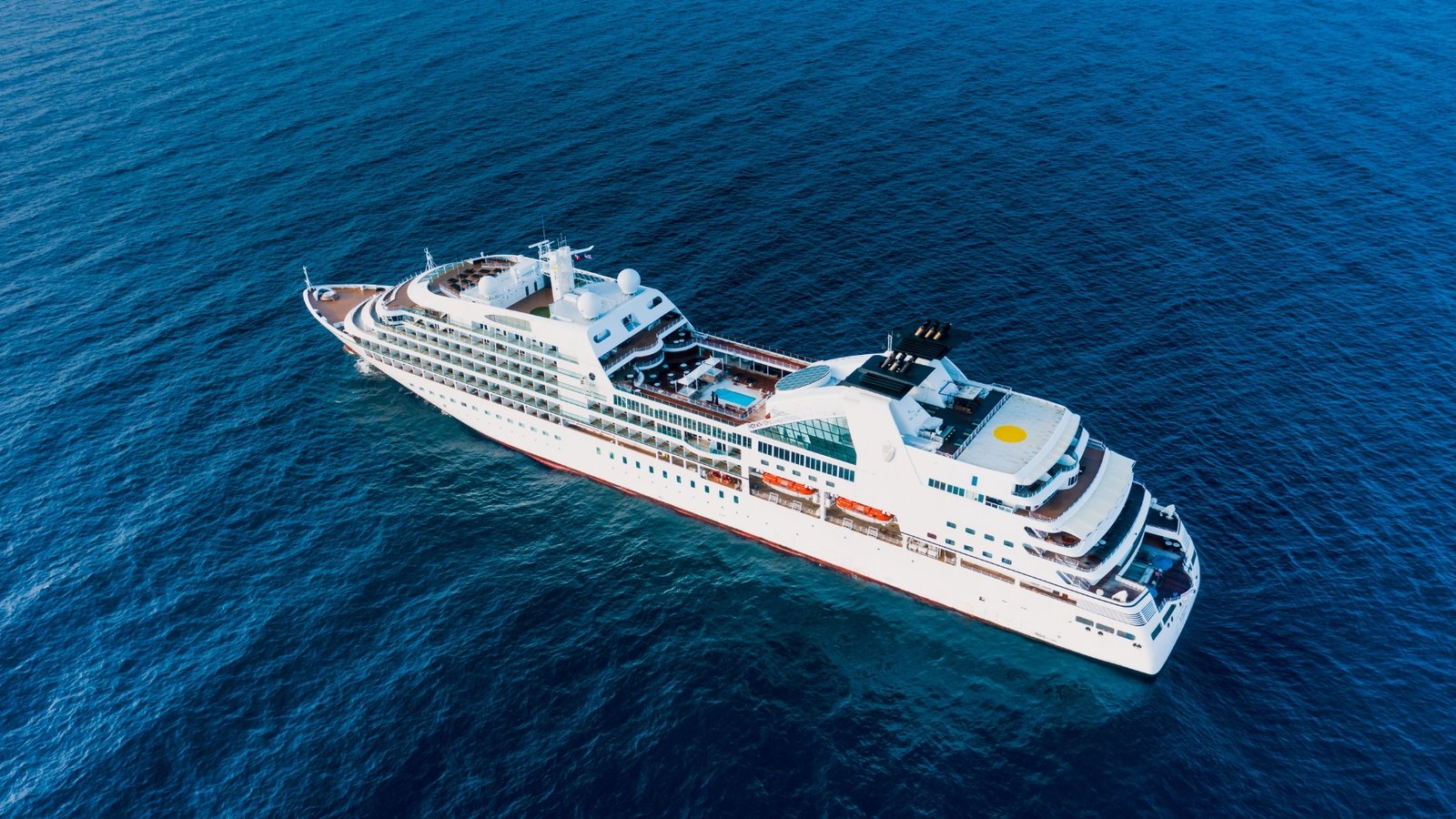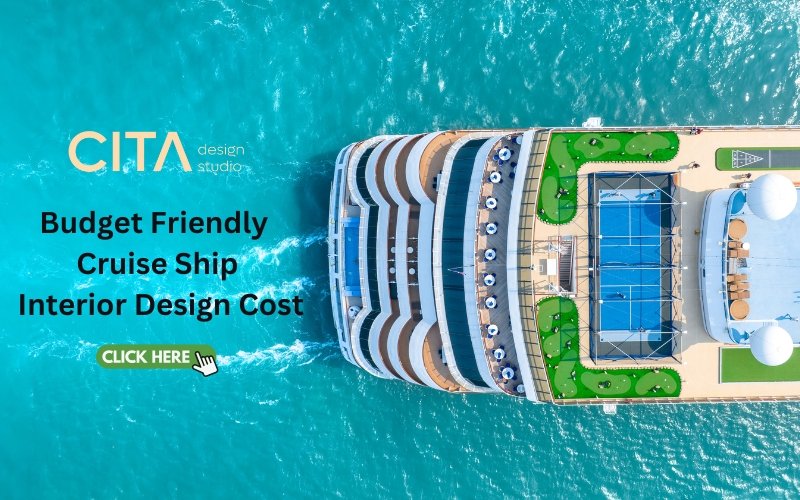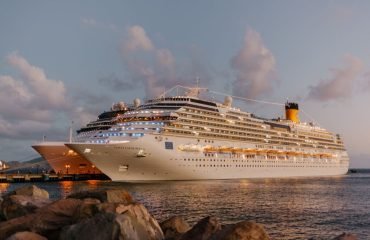Does a Cruise Ship Shake?
On cruises, the ship can sometimes shake or vibrate, which may cause passengers to feel uneasy. However, these movements are completely normal while the ship is underway. At CITA Design, we specialize in cruise ship interior and furniture design and provide solutions tailored to the unique physical dynamics of cruise vessels.
So, why do cruise ships shake and vibrate, and how does this affect interior design? Let’s explore.
Is It Normal to Feel a Cruise Ship Rocking?
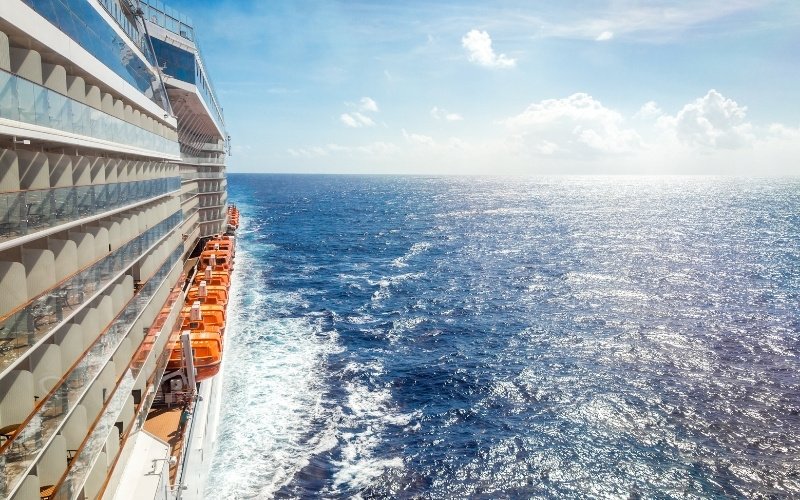
Yes, ship rocking on a cruise is completely natural. It happens as the vessel responds to waves, creating a rhythmic motion. The intensity of this motion depends on wave direction, wind conditions, and even aspects of the ship’s interior design.
On large cruise vessels, the sensation of shaking or rocking can sometimes feel stronger due to wind pressure on the superstructure.
Additionally, cruise ships often experience vibrations while docking, leaving port, or maneuvering. This is caused by mechanical vibrations and structural movements. For example, when thruster engines operate, passengers might notice vibrations in cabins or public areas — and that’s perfectly normal.
Why Do Ships Vibrate?
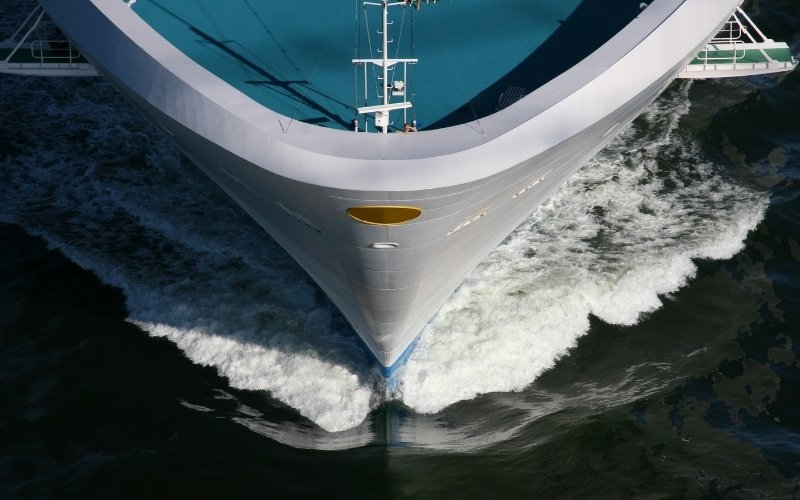
Ship vibrations occur due to several factors, including:
Propeller cavitation and unbalanced thrust
When propellers rotate, they create shifts in water flow that generate vibration.Engine and mechanical resonances
These vibrations are often felt in engine decks or cabins located below deck.Wave impact and air friction
As waves hit the hull and interact with air resistance, natural vibration occurs.
CITA Design Approach: Perfecting Oscillation and Vibration Through Design
While oscillation and vibration are unavoidable, they don’t have to reduce passenger comfort. With nearly 30 years of expertise, CITA Design delivers innovative solutions to ensure the smoothest and most comfortable onboard experience.
1. Strategic Space Planning
On small- and medium-sized ships, the impact of rocking can be reduced with professional interior space positioning. Designing passenger areas strategically — such as mid-deck lounges or balanced transition zones — helps minimize discomfort.
2. Acoustic Material Selection
By using vibration-absorbing materials, acoustic coatings, and stabilizing panels, we reduce the perceived effects of vibration and rocking. These materials also enhance sound insulation, contributing to a quieter, more relaxing environment.
3. Consistency from Concept to Implementation
At CITA Design, our interior projects are managed from concept to completion with a focus on brand integration, ergonomics, and passenger comfort.
Explore our Concept Design for Cruise Ship Interiors service.
Learn more about Branding in Cruise Ship Interior Design.
See how we create luxury experiences with Cruise & Yacht Interior Design solutions.
CITA Design’s Professional Approach to Passenger Comfort
With CITA Design, your cruise ship doesn’t just set sail — it offers passengers comfort, safety, and unforgettable experiences.
Minimized shaking and vibration: Our designs prioritize user experience without compromising on luxury.
Aesthetic + Emotional comfort: Interiors are not only visually stunning but also emotionally calming and safe.
Brand-integrated architecture: We blend brand identity seamlessly into every design phase, creating a signature onboard experience.
Transform your cruise ship’s natural motion into a smooth, premium experience.
Contact CITA Design today to start planning interiors that balance comfort, durability, and elegance.

